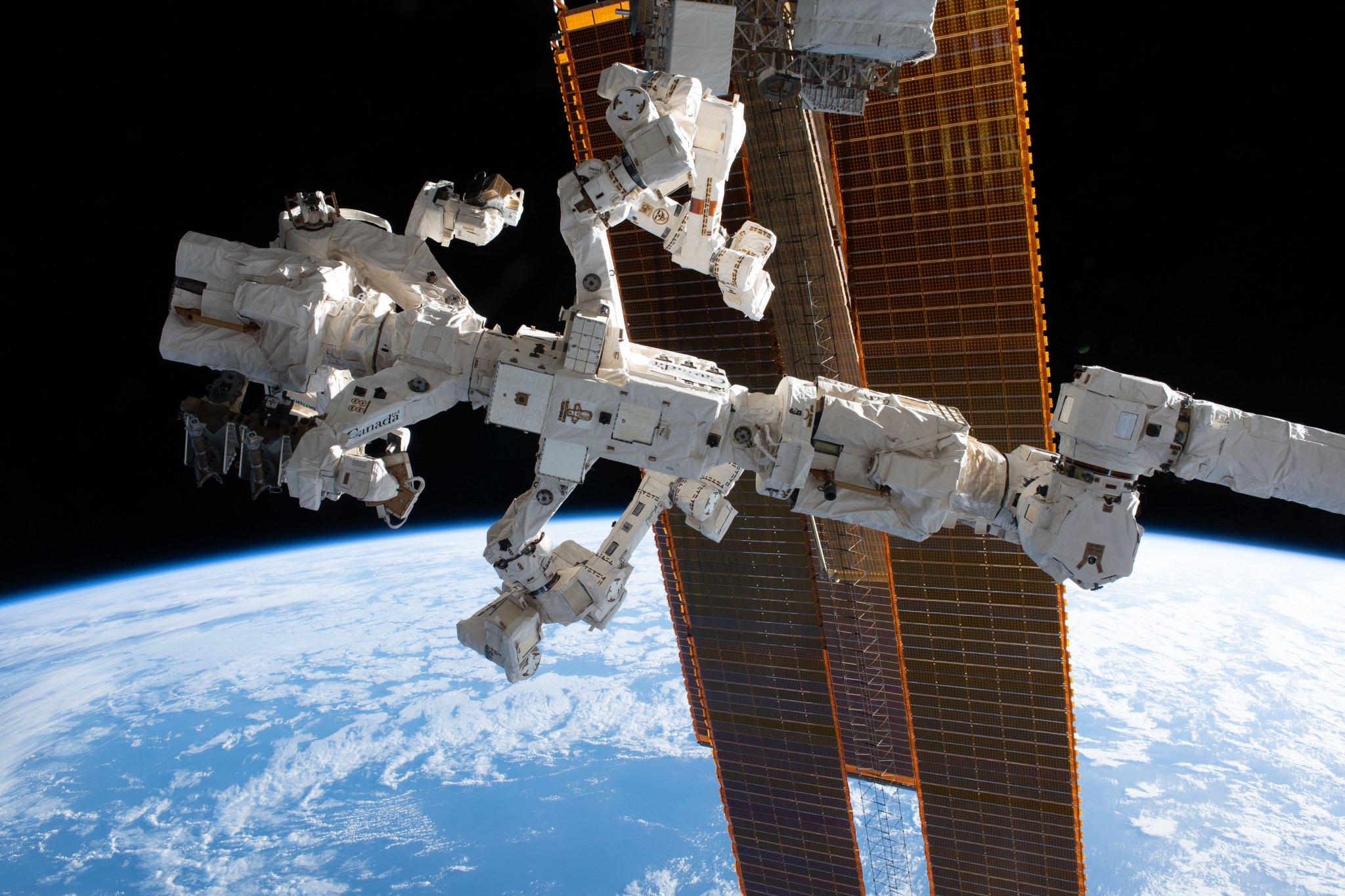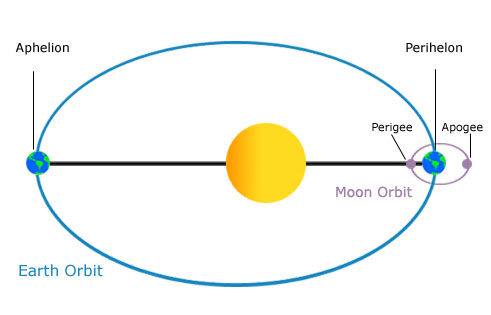This article is for students grades K-4.
An orbit is a path. It’s the way something goes around an object in space. The moon goes in orbit around Earth. You’re in orbit right now! That’s because Earth is following an orbit all the way around the sun. The International Space Station orbits Earth. An object in orbit is called a satellite. A satellite can be natural, like the moon. It can be human-made, like the space station. Earth is a natural satellite of the sun.
Planets, comets, asteroids and other objects orbit the sun. Many planets also have moons. These moons go in orbits around their planets.
What Shape Is an Orbit?
An orbit is a curved path, like a circle or an oval. (The technical word is “ellipse.”) A comet’s orbit is very long and thin. Sometimes the comet is close to the sun and moves quickly. Most of the time it is far from the sun and moves slowly. The moon’s orbit is almost circular.
How Do Objects Stay in Orbit?
A moving object will continue moving unless something pushes or pulls on it. This statement is called Newton’s first law of motion. Without gravity, a satellite would fly off into space. With gravity, a satellite is constantly pulled back toward Earth. This tug-of-war keeps the satellite in orbit.
Height is how far up something is. Objects at different heights move at different speeds in orbit. The space station is about 200 miles above Earth. At that height, the station must move about 17,500 miles per hour. It takes the space station about 90 minutes to go around Earth. The moon is much higher, about 250,000 miles from Earth. It takes the moon about 28 days to orbit Earth, going about 2,200 miles per hour. Earth takes a year to orbit the sun. Pluto takes about 248 Earth years.




























